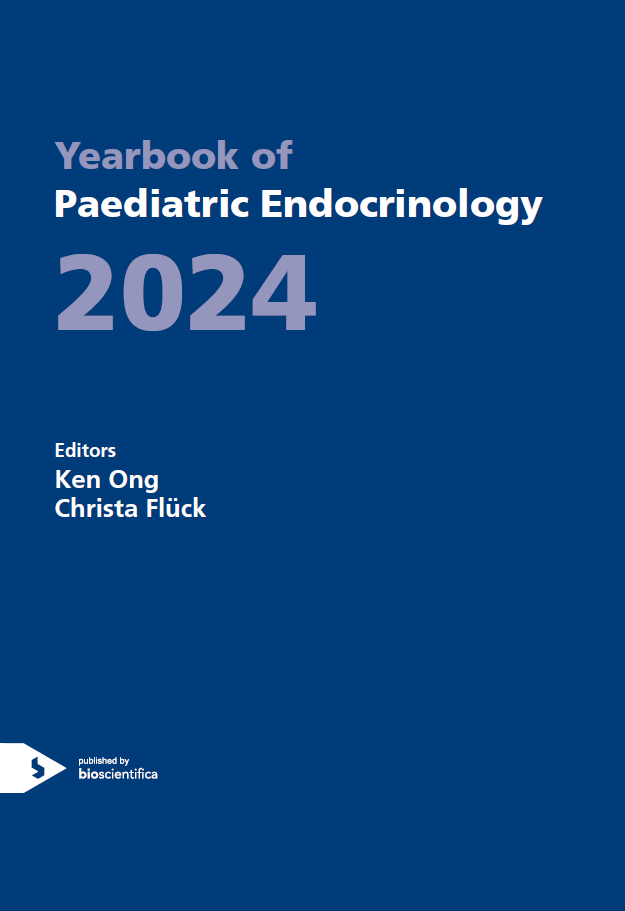9. Oncology and Chronic Disease
Fertility Issues
ey0021.9-1 | Fertility Issues | ESPEYB21
9.1. Premature ovarian insufficiency and chance of pregnancy after childhood cancer: a population-based study (the Fex-Can study)
A Haavisto , L Wettergren , C Lampic , PM Lahteenmaki , K Jahnukainen
ey0021.9-2 | Fertility Issues | ESPEYB21
9.2. Effects of radiation therapy on the female reproductive tract in childhood cancer survivors: a PENTEC comprehensive review
C Hill-Kayser , E Yorke , A Jackson , C Gracia , J Ginsberg , K Keene , C Ronckers , ML Metzger , Z Li , LS Constine , CH Hua
ey0021.9-3 | Fertility Issues | ESPEYB21
9.3. Therapeutic exposures and pubertal testicular dysfunction are associated with adulthood milestones and paternity after childhood cancer
M Korhonen , J Tainio , M Koskela , LM Madanat-Harjuoja , K Jahnukainen
ey0021.9-4 | Fertility Issues | ESPEYB21
9.4. Evaluating testicular tissue for future autotransplantation: focus on cancer cell contamination and presence of spermatogonia in tissue cryobanked for boys diagnosed with a hematological malignancy
D Kourta , A Camboni , P Saussoy , M Kanbar , J Poels , C Wyns
ey0021.9-5 | Fertility Issues | ESPEYB21
9.5. Fertility potential and gonadal function in survivors of reduced-intensity hematopoietic stem cell transplantation
SJ Rotz , BK Hamilton , W Wei , I Ahmed , SA Winston , S Ballard , RJ Bernard , P Carpenter , N Farhadfar , C Ferraro , BD Friend , NJ Gloude , RJ Hayashi , K Hoyle , K Jenssen , J Koo , CJ Lee , L Mariano , R Nawabit , A Ngwube , N Lalefar , R Phelan , L Perkins , A Rao , A Rayes , T Sandheinrich , L Stafford , K Tomlinson , S Whiteside , C Wiedl , K Myers
ey0021.9-6 | Fertility Issues | ESPEYB21
9.6. Reproductive outcomes and reproductive health care utilization among male survivors of childhood cancer: a DCCSS-LATER study
JJM Claessens , A Penson , EM Bronkhorst , LCM Kremer , E van Broeder 7 , Heiden-van der Loo M van der , WJE Tissing , Pal HJH van der , NMA Blijlevens , Heuvel-Eibrink MM van den , AB Versluys , D Bresters , CM Ronckers , I Walraven , CCM Beerendonk , JJ Loonen , group. Dutch later study
ey0021.9-7 | Fertility Issues | ESPEYB21
9.7. Reproductive ability in survivors of childhood, adolescent, and young adult Hodgkin lymphoma: a review
KCE Drechsel , MCF Pilon , F Stoutjesdijk , S Meivis , LJ Schoonmade , WHB Wallace , Dulmen-den Broeder E van , A Beishuizen , GJL Kaspers , SL Broer , MA Veening
ey0021.9-8 | Fertility Issues | ESPEYB21
9.8. Perceived and objective fertility risk among female survivors of adolescent and young adult cancer
HN Din , S Singh-Carlson , HL Corliss , SJ Hartman , D Strong , H Madanat , HI Su
ey0021.9-9 | Fertility Issues | ESPEYB21
9.9. Risk of adverse birth outcomes after adolescent and young adult cancer
C Anderson , CD Baggett , SM Engel , D Getahun , NT Cannizzaro , S Mitra , C Meernik , LM Moy , CA Laurent , X Zhou , L Xu , ML Kwan , WA Wood , B Luke , CR Chao , LH Kushi , HB Nichols




